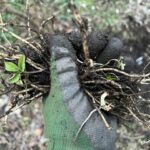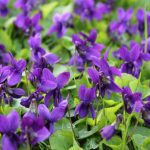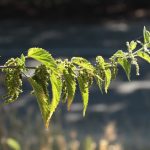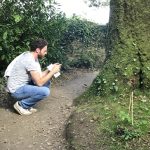My book Wild about Weeds looks at the wildlife value of many weeds I feel are some of the most beautiful, concentrating on how to integrate these wild flower wonders into stylish gardens – it’s a design book. Readers have asked me a lot about the best local plants labelled weeds for wildlife, which I could write at length but this page lists a small number as a taster.
1) White dead nettle, Lamium album
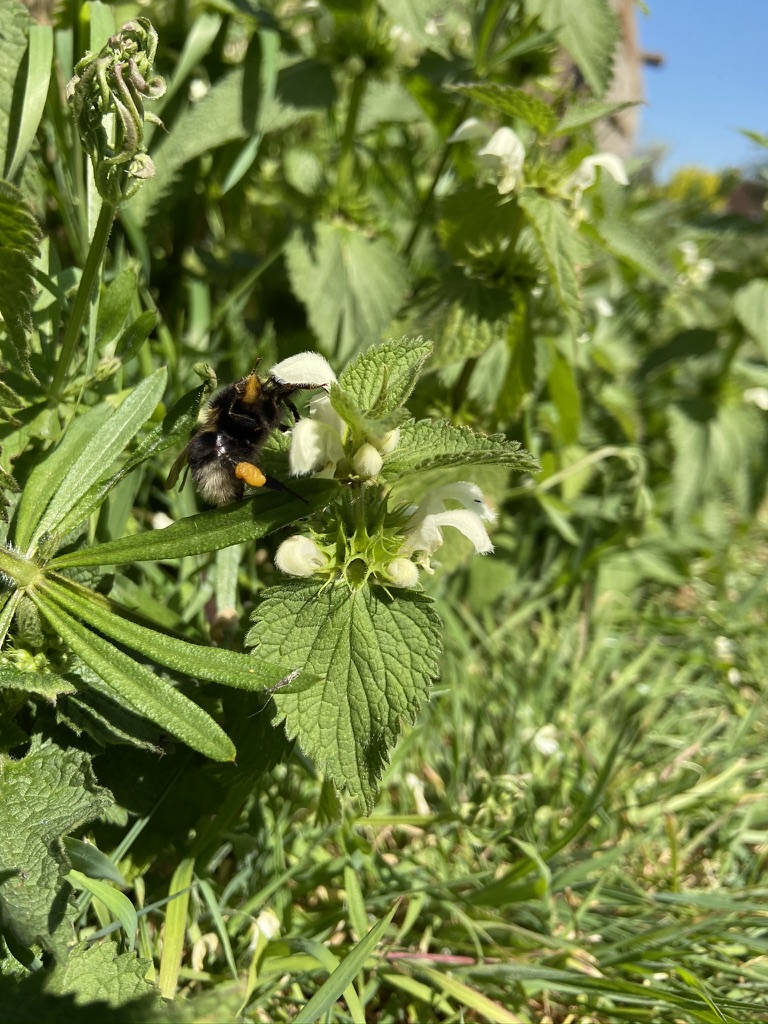
One of my favourite plants is also favourite with long tongued insects including bumblebees and mason bees, and it flowers for so much of the year too, making extra beneficial.
2) Common knapweed, Centaurea nigra
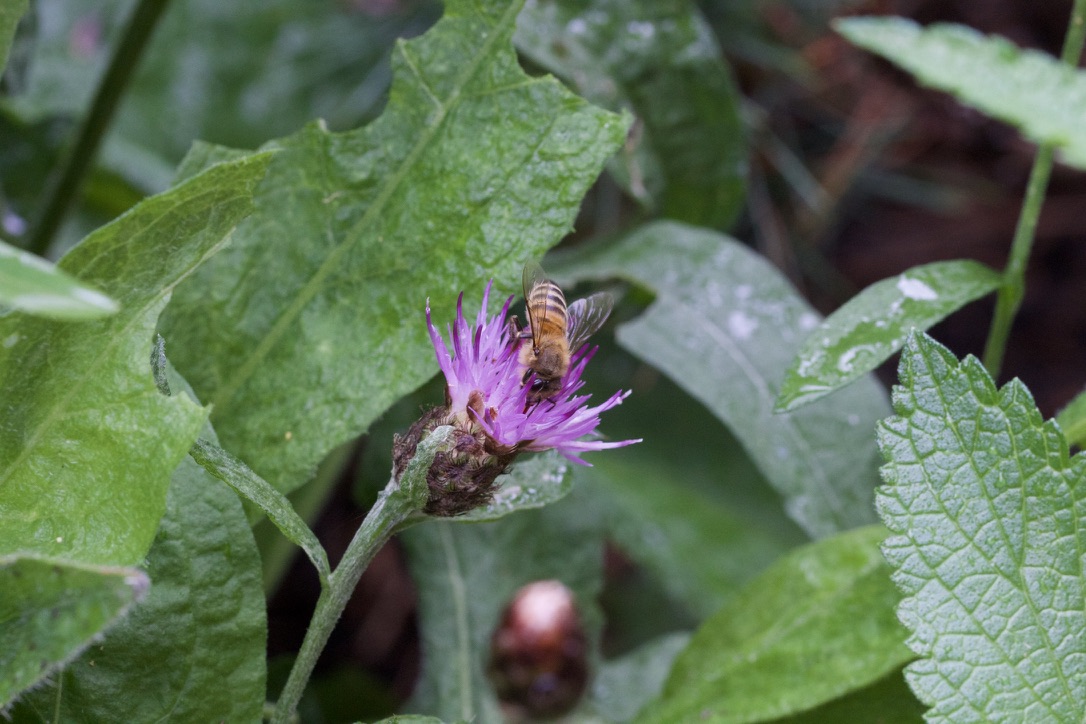
I never see this weed without bees, butterflies or hoverflies on it – I love it for that as much as the pop of purple.
3) Common mallow, Malva sylvestris
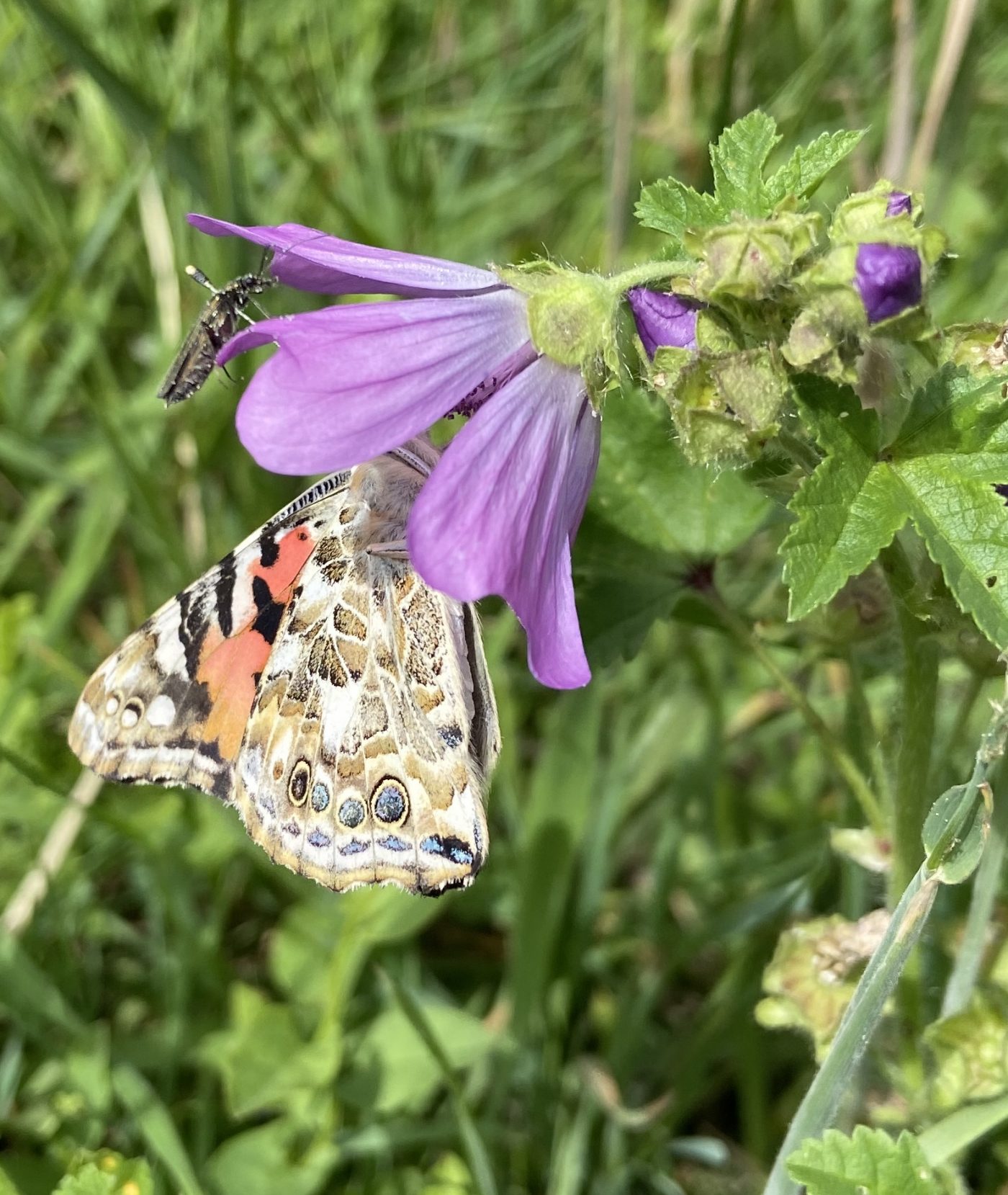
Most people and publications rate this more as a wildflower than a weed so it didn’t make the main list of weeds in Wild about Weeds, that said it is one of the biggest weeds on my allotment. It is also one of the busiest with insects.
4) Herb robert, Geranium robertianum
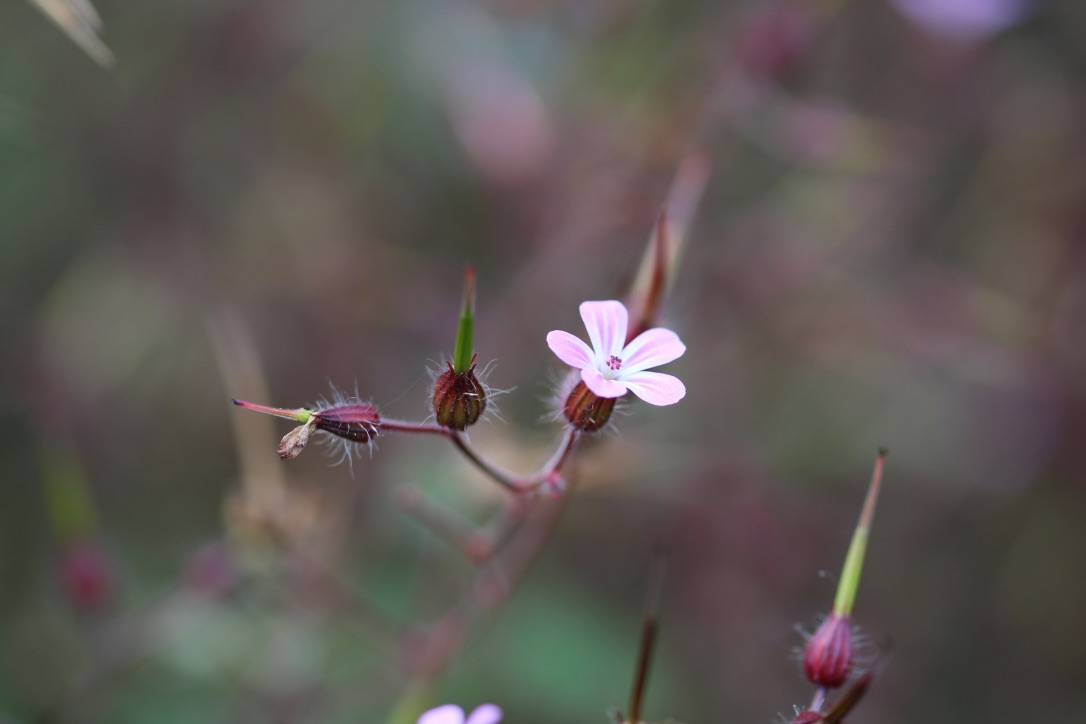
I honestly don’t know which plonker first listed this as a weed to get rid of in publications, it’s one of the most beautiful and tough plants for dry shade. Incredibly useful for long periods of flowering for insects in these otherwise empty areas.
5) Lesser celandine, Ficaria verna
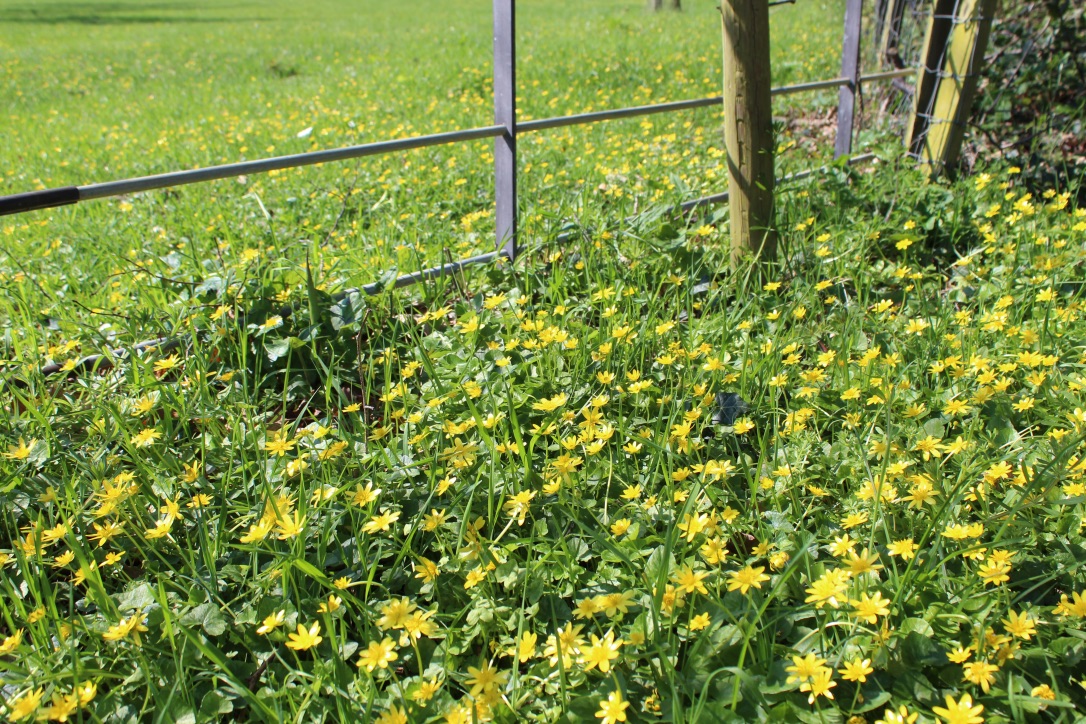
I see lesser celandine popping up on social media all the time with gardeners wanting to get rid of this weed. Well, tough luck chums because it is one of the most impossible to eradicate and who would want to? It’s gorgeous and essential for insects in late-winter to early-spring when times are tough for them.
6) Tufted vetch, Vicia cracca
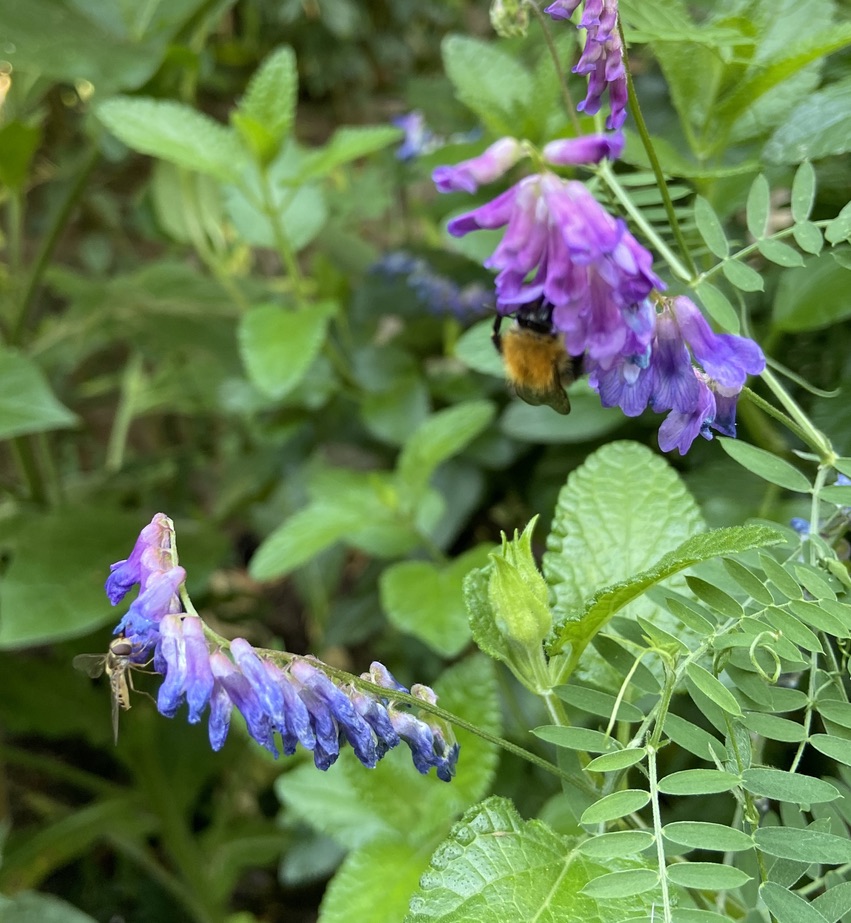
Tufted vetch is such a weed I wanted to include it in Wild about Weeds but most people and publications rate it more as wildflower (this imaginary scale between weed and wildflower is so bonkers). I grow it in our garden and as you can see, insects love it. I love it too, so beautiful, even if it does want to takeover the entire border.
7) Field and hedge bindweed
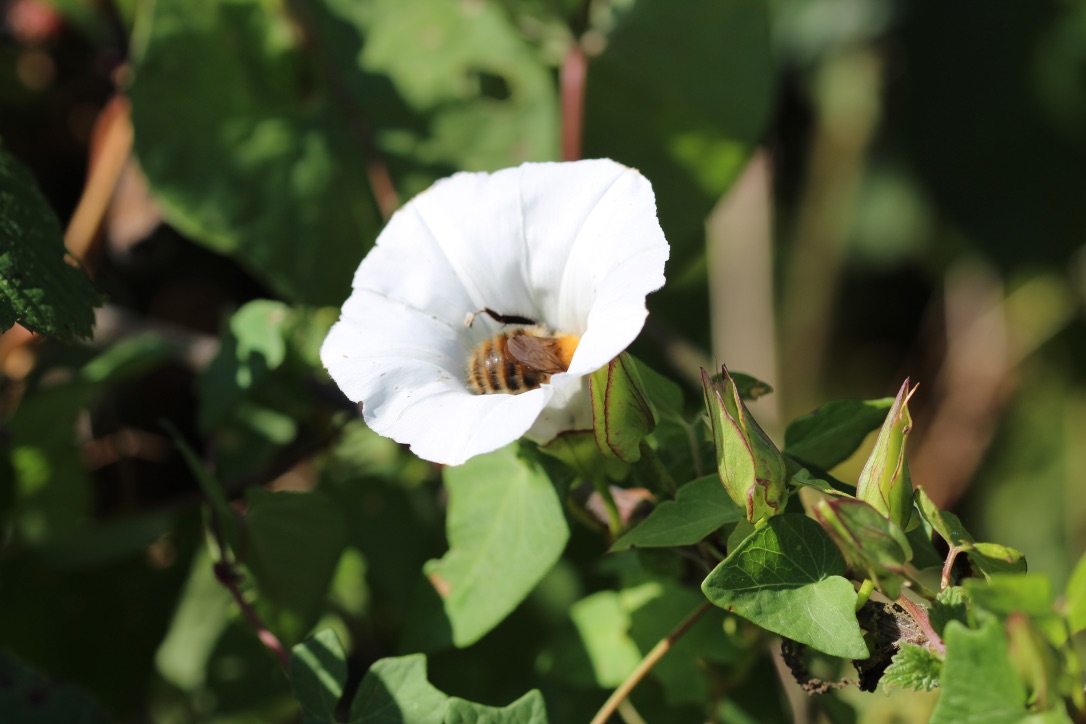
Convulvulus arvensis (the pretty pink and white mini one) and Calystegia sepium (the big brute white flowered one) are a pain, though much less so C. arvensis. However, they are used by so much wildlife I have to love them, especially with the white plume moth – which is one of my absolute favourite insects – and bees. I also happen to think all bindweeds can actually be very attractive, if only they didn’t strangle and smother everything else.
8) Teasel, Dipsacus fullonum
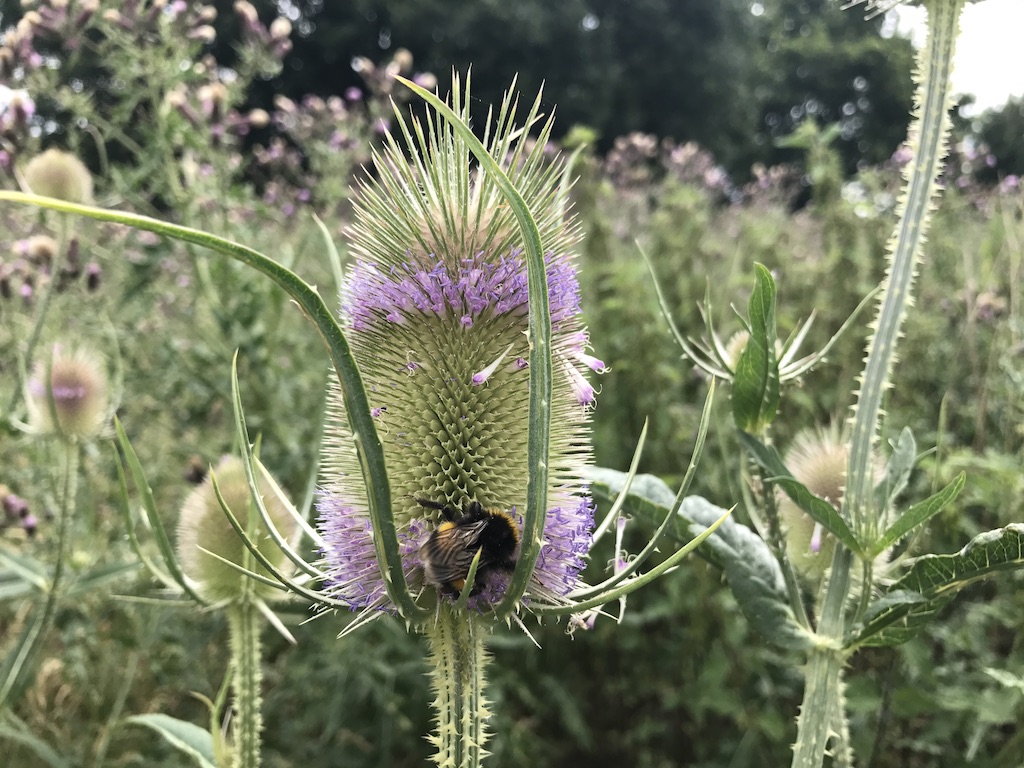
A teasel, you beauty. Loved by bees and then later, their seeds are loved by birds. And their leaves are eaten a lot too.
9) Yarrow, Achillea millefolium
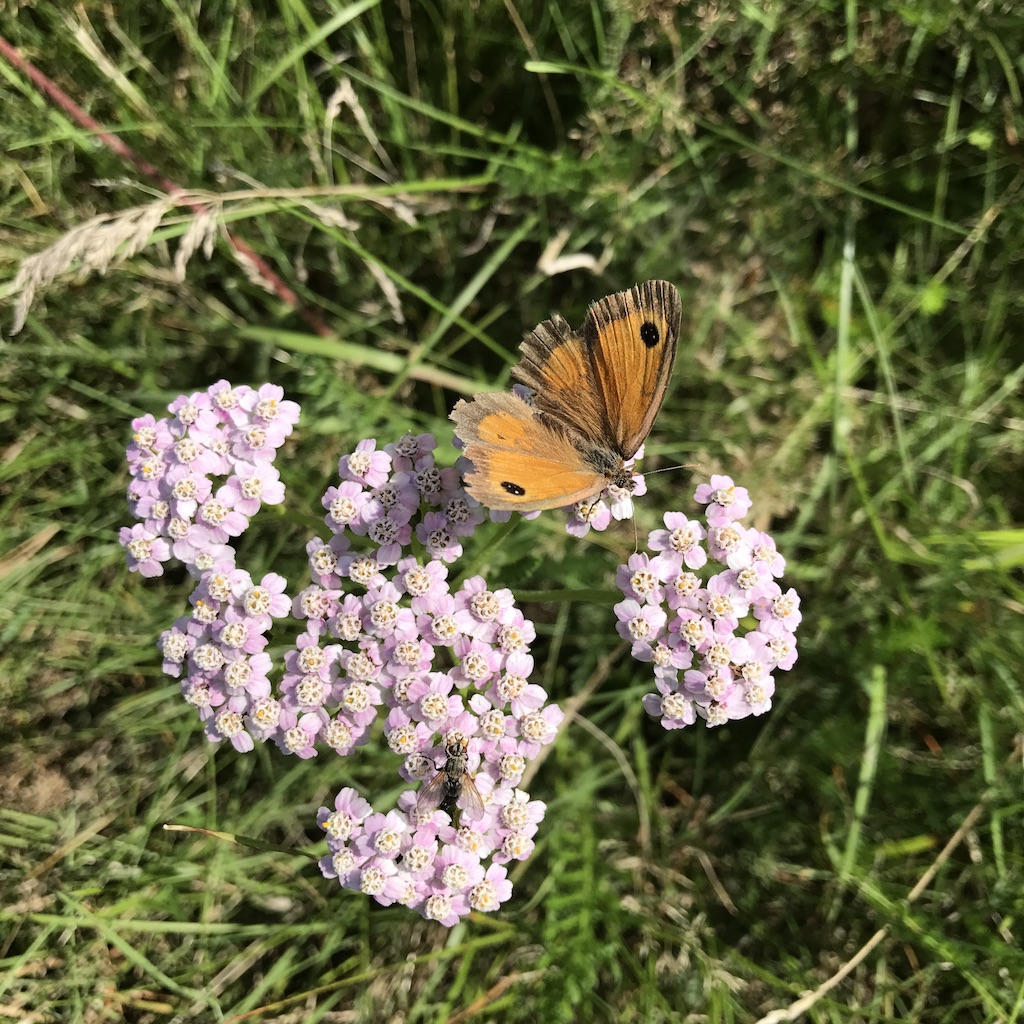
Another of my favourite weeds which didn’t make it in the final cut of Wild about Weeds’ top weeds because most people and publications rated it more as a wildflower. Which is bonkers because it’s just as weedy in lawns as daisies and dandelions thus proving Wild about Weeds’ theory that there is no proper definition of a weed. Anyway, this is such an essential native weed for wildlife because it flowers for so long, especially in the driest months, and is great for short tongued insects such as butterflies and hoverflies.
10) Common daisies, Bellis perennis
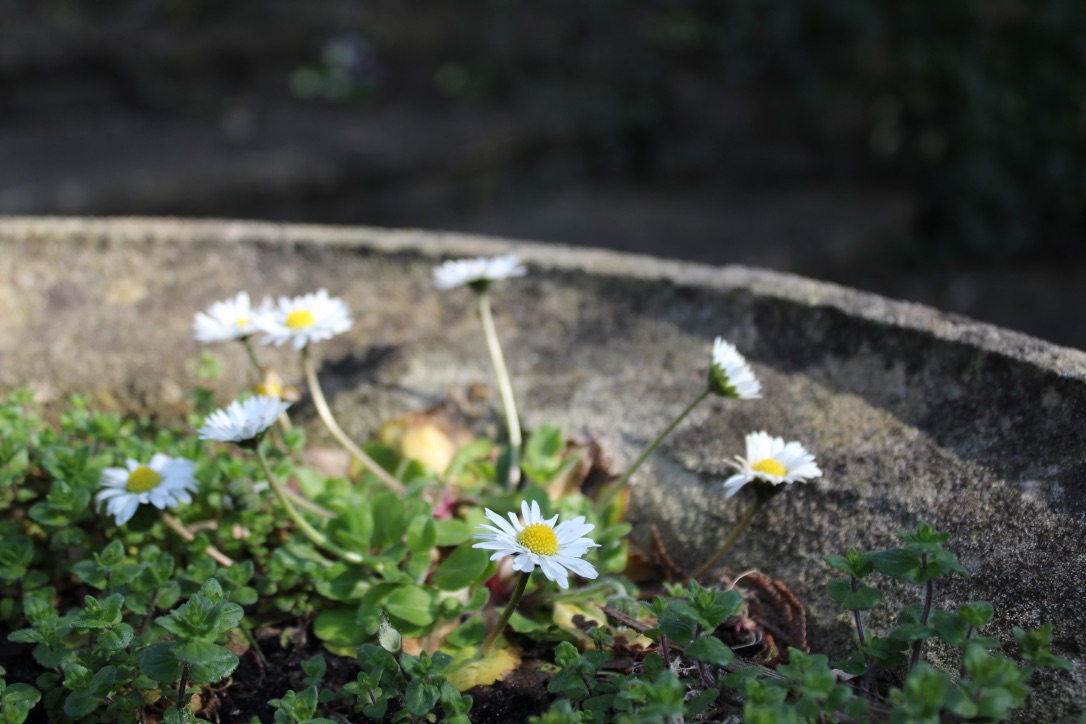
I love the common daisy, its flowers are so perfect and they make lawns look better. Their flowers are one of those essentials for insects as they’re around all through the year, and because they’re low, are great for tired bees that have just woken up or are exhausted from foraging.
